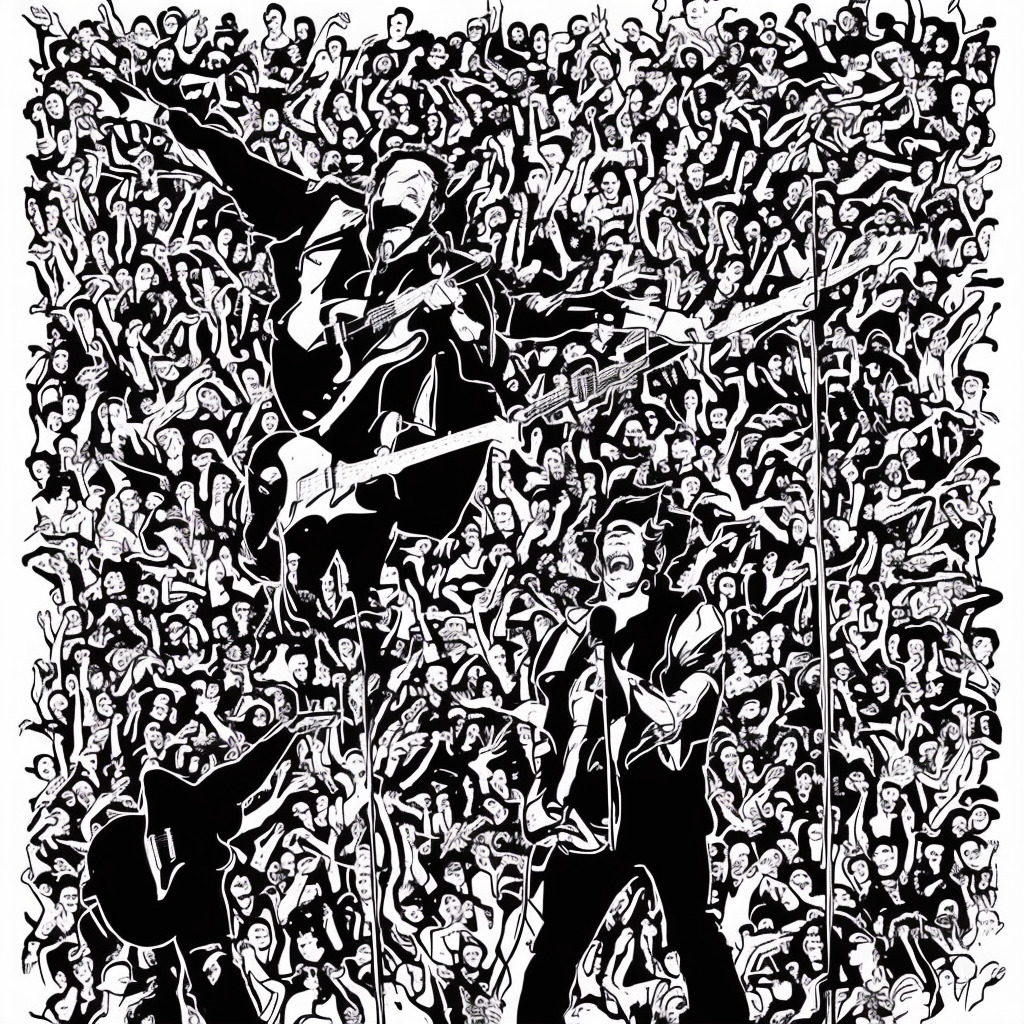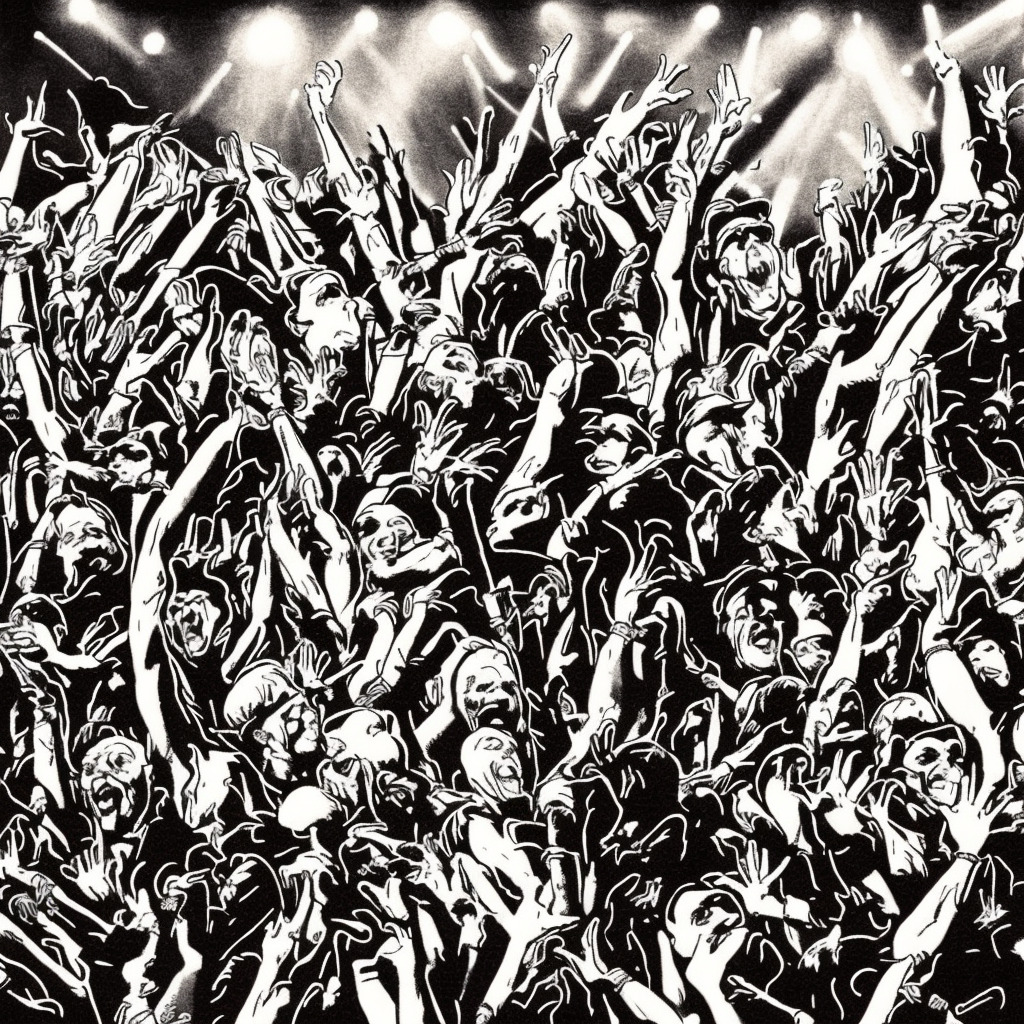?Did you know? “Diary of a Madman” was a LAST-MINUTE addition to Ozzy’s album!? The Prince of Darkness always keeps us on our toes! ? #OzzyOsbourne #DiaryOfAMadman #RockTrivia #MusicBlogger Read about it: tinyurl.com/muk44yut
Unraveling the Madness: A Deeper Look at Ozzy Osbourne’s Classic
Dive into Ozzy’s haunting masterpiece, “Diary of a Madman,” as we explore its raw portrayal of mental health struggles and its enduring legacy in the world of rock and heavy metal.
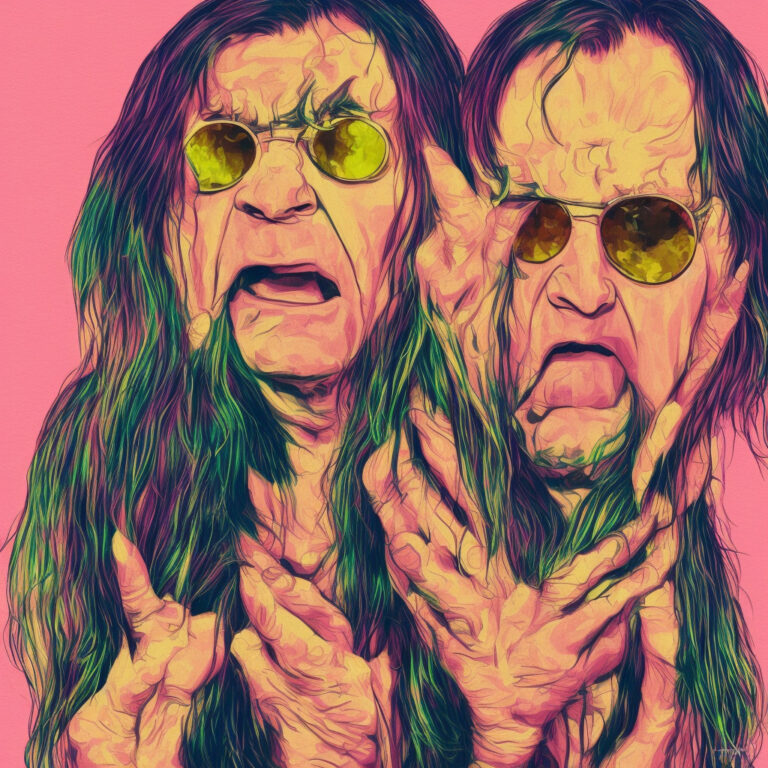
There is no denying the impact that Ozzy Osbourne has had on the world of rock and heavy metal music. Having been the lead vocalist of the legendary band Black Sabbath in the early years, he went on to develop a wildly successful solo career, creating a string of acclaimed albums that are still celebrated today. One such album, “Diary of a Madman,” released in 1981, is often considered as one of Ozzy’s best works, and the titular track carries a weighty significance in his discography.
“Diary of a Madman” follows the dark and introspective narrative of a mentally unwell person struggling with their own thoughts and emotions. The haunting, yet powerful melody is brought to life with the help of guitarist Randy Rhoads, bassist Rudy Sarzo, and drummer Tommy Aldridge. Rhoads, a key contributor to Osbourne’s solo hits, tragically passed away in 1982 due to a plane accident, making this album one of the last pieces of his musical legacy.
Ozzy Osbourne’s distinct and often eerie vocals add another layer of depth and intensity to the song. The lyrics paint a vivid picture of the protagonist’s inner turmoil, with lines like “Screaming at the window, watch me die another day,” which speaks about helplessness and the desire to escape their own mind. The tension in the song builds up until it reaches a cathartic climax, leaving the listener in awe and contemplation.
Throughout his career, Ozzy has faced numerous controversies and criticisms, often stemming from his wild on-stage antics and his struggle with substance abuse. However, it cannot be denied that these personal experiences have contributed to the raw and authentic emotion that is present in his music.
Osbourne has been honored with various awards and accolades. Notably, he received a Grammy Award in 1994 for Best Metal Performance for his song “I Don’t Want to Change the World.” Additionally, both Ozzy and Black Sabbath were inducted into the UK Music Hall of Fame in 2005, further solidifying their influential status in the world of music.
To sum it up, “Diary of a Madman” is a bold and raw portrayal of one’s battle with mental health and, by extension, a testament to Ozzy Osbourne’s ability to channel his own personal struggles into a powerful musical experience. The song, along with the entire album, remains a classic in the annals of rock and heavy metal, proving that despite the controversies and setbacks, Ozzy’s talent and impact cannot be denied.
Charting the Madness
“Diary of a Madman: Beyond chart success, Ozzy’s haunting classic stands the test of time as a crucial cornerstone in heavy metal history.”
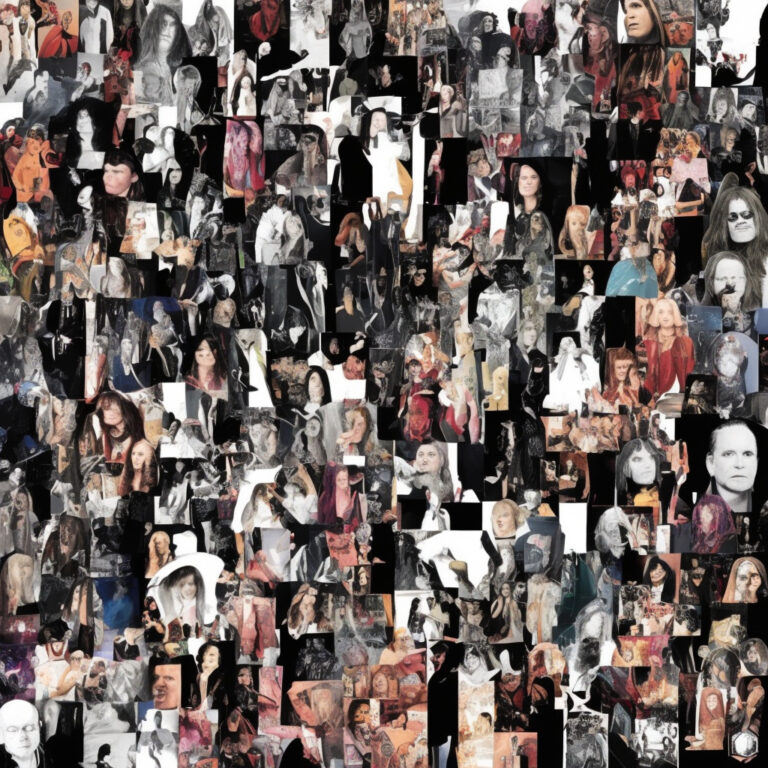
When it comes to the chart success of “Diary of a Madman,” the title track from Ozzy Osbourne’s second solo studio album, it’s important to remember that its impact goes beyond its chart performance. Released on November 7, 1981, the song didn’t chart as high as some of Ozzy’s other hits, but it certainly made a lasting impression on fans and critics alike.
Although “Diary of a Madman” didn’t make it to the Billboard Hot 100 or the UK Singles Chart, this doesn’t diminish the song’s significance in the context of Ozzy’s career and the heavy metal genre. The album itself, “Diary of a Madman,” managed to reach No. 16 on the Billboard 200 chart in the United States, and No. 14 on the UK Albums Chart. Moreover, the album has been certified triple platinum in the United States, with over 3 million copies sold.
One piece of chart trivia about the song is its inclusion in various “Best of” lists over the years. For example, Rolling Stone placed the entire “Diary of a Madman” album at No. 49 on their list of the 100 Greatest Metal Albums of All Time in 2017. The song’s masterful blend of heavy metal and progressive rock elements, along with Ozzy’s haunting vocals and the powerful guitar work of the late Randy Rhoads, make it a standout track in Ozzy’s discography.
In conclusion, while “Diary of a Madman” didn’t reach notable chart positions as a single, its importance in the history of heavy metal and influence on future artists cannot be overstated. The song’s enduring legacy is a testament to its power and the creative genius of Ozzy Osbourne and his collaborators.
Delving into the Madness
Few songs have the ability to transport listeners to the dark, chaotic world that “Diary of a Madman” does. Within its haunting melodies and powerful instrumentation, the lyrics penned by Ozzy Osbourne himself convey the struggles of a tormented soul, seeking an escape from their internal demons.
Screaming at the window, watch me die another day
Hopeless situation, endless price I have to pay
Sanity now it’s beyond me, there’s no choice
Diary of a madman, walk the line again today
Entries of confusion, dear diary, I’m here to stay
Manic depression, be my friend, for evermore
Been here before, sanity waits just outside the door
Sanity, mission, beyond the human
Sanity, mission, but I’ll make it, I’ll make it
The lyrics, as raw and brutally honest as they seem, capture the essence of Ozzy’s struggle with his own mental health issues. At the time the song was written, in the early 80s, discussions around mental illness were a topic often avoided or dismissed. However, with “Diary of a Madman”, Ozzy Osbourne managed to not only shed light on these issues but also create a sense of relatability for those who were suffering in silence.
The theme of the song reflects the societal challenges of the era; the 1980s was a time of political turmoil and uncertainty, with the Cold War casting a shadow over daily life. Ozzy’s lyrics resonate with the collective anxiety of an entire generation, looking for ways to make sense of a world gone mad.
The song’s lyrics also touch upon the duality of sanity and insanity, questioning the very nature of what is deemed rational or irrational in a society that is trapped in a constant state of turmoil. Ozzy’s “Diary of a Madman” is not just an artistic expression of his own anguish, but a reflection of the collective voice of a generation.
The Imagery and Storytelling Behind the “Diary of a Madman”
Dive into the haunting narrative of Ozzy Osbourne’s “Diary of a Madman” as fans’ creative visual interpretations fill the void of an official music video, showcasing their dedication and boundless passion.
Though there isn’t an official music video for Ozzy Osbourne’s iconic song “Diary of a Madman,” the powerful lyrics and intense instrumentation have inspired numerous fan-made videos and YouTube tributes to fill in the void. These visual adaptations offer creative interpretations of the song’s themes and add a new dimension to the haunting narrative.
One of the most popular fan-made videos for “Diary of a Madman” cleverly incorporates scenes from the 1920 silent horror film “The Cabinet of Dr. Caligari.” This video, created by YouTube user “TheMadman1973,” effectively uses the film’s expressionist visuals and dark themes to emphasize the song’s eerie, otherworldly atmosphere. The juxtaposition of the song’s powerful guitar riffs and Ozzy’s haunting vocals with the silent film’s black-and-white imagery creates an intriguing and engaging audiovisual experience.
Another noteworthy video tribute comes from YouTube user “Magistararium,” who has created an animated short illustrating the song’s narrative. The video features a protagonist struggling with inner turmoil, as he is stalked by a menacing figure representing his darker side. The animation style, although simple, lends itself to the raw emotion expressed in the song’s lyrics and instrumentation. This video tribute is a testament to the song’s enduring impact on fans, as well as its ability to evoke powerful visual imagery even without an official music video.
As the song “Diary of a Madman” continues to captivate audiences with its intense storytelling and gripping musicality, fans will undoubtedly continue to produce creative visual interpretations of the track. While an official music video might not exist, these fan-made videos and tributes stand as proof of the song’s lasting influence and the dedication of Ozzy Osbourne’s fanbase. As a music blogger, it’s truly fascinating to witness the endless creativity and passion that these fans pour into their tributes to this iconic song.
The Mastermind Behind “Diary of a Madman”
The compositional genius behind the iconic song “Diary of a Madman” is none other than the legendary guitarist and songwriter, Randy Rhoads. Known for his unique blend of neo-classical metal and hard rock, Rhoads’ contribution to Ozzy Osbourne’s music was influential and groundbreaking. Before his untimely death at the age of 25, he co-wrote many of the band’s hit songs such as “Crazy Train,” “Mr. Crowley,” and “Flying High Again,” solidifying his place in the annals of rock history. With an undeniable talent for crafting memorable riffs and solos, Randy Rhoads’ work continues to inspire generations of guitarists and music enthusiasts alike.
Accolades and Appearances: A Journey Through Time
“Diary of a Madman” – Defying accolades, dominating heavy metal and pop culture with its timeless appeal, and inspiring generations of iconic covers.
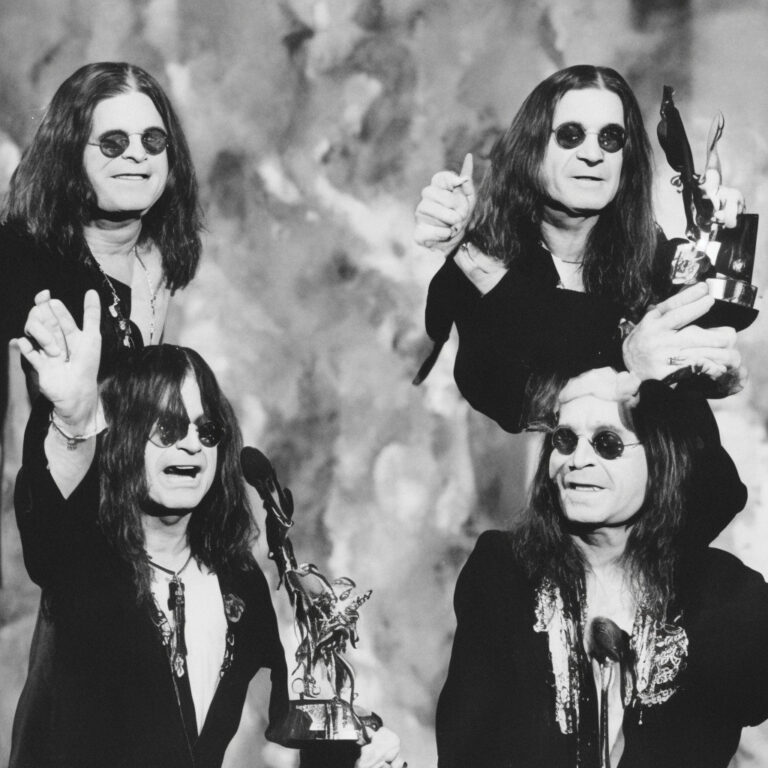
While “Diary of a Madman” may not have received any major awards or accolades, the album of the same name, released in 1981, became a staple in the heavy metal genre and was certified triple platinum in 1994. This song, in particular, showcases Ozzy Osbourne’s powerful vocal performance and the exceptional guitar work by the late Randy Rhoads, which has since become a fan-favorite and a highlight of Osbourne’s live performances.
The impact of “Diary of a Madman” is not only limited to the realm of music, as it has made its way into pop culture on several occasions. While not directly being featured in movies, TV shows, or video games, the song’s themes and sound have influenced various forms of media, paying homage to the classic heavy metal tune.
As for cover versions, “Diary of a Madman” has seen its fair share of musicians putting their twist on the masterpiece. One notable cover version is by the talented Finnish cellist and composer, Apocalyptica. They showcased their skills and passion for heavy metal by performing a stirring rendition of the song in 2013, blending the haunting melodies with their signature cello sound.
Another fantastic live performance was by Yngwie Malmsteen and his band in 2008, during their “Perpetual Flame” tour. The audience was treated to Malmsteen’s incredible guitar skills, as he paid tribute to both Ozzy Osbourne and Randy Rhoads.
Other bands and musicians have also covered “Diary of a Madman” over the years, proving that the song’s appeal and impact on the genre of heavy metal remain strong nearly four decades since its release.
In conclusion, while “Diary of a Madman” may not have received awards or accolades directly, its influence on the heavy metal genre and its presence in pop culture is unquestionable. The various cover versions and tributes by renowned musicians prove that this song holds a special place in the hearts of both fans and fellow artists.
Breaking Down the Madness
Diving deeper into the musical structure of “Diary of a Madman,” one cannot help but be impressed by the complexity and artistry that Ozzy Osbourne and his team have bestowed upon this masterpiece. The song is composed in the key of E minor, which lends itself to the dark and brooding atmosphere that pervades throughout the track. Within this key, the chords progress in a manner that is both intriguing and mesmerizing, drawing listeners further into the world created by the song.
The chord progression starts off with an Emadd9 chord, which immediately establishes the haunting and eerie tone of the song. From there, the progression moves through a series of chords, including Cmaj7, Gmaj7, and F#m7b5, before settling into a more standard progression of Em-D-C-B7 for the chorus. This combination of chords, particularly the use of the F#m7b5, adds a layer of tension and unease that is perfectly suited to the song’s theme and overall mood.
As for the tempo, “Diary of a Madman” clocks in at a relatively slow 80 beats per minute (BPM), which contributes to its sinister and ominous aura. The deliberate pacing allows for each note and chord to truly resonate, giving the song a sense of weight and gravitas that is hard to shake. Moreover, the slower tempo provides ample space for intricate guitar solos and powerful vocal performances by Ozzy himself, who delivers each line with both conviction and vulnerability.
In terms of instrumentation, the song features a multitude of layers that work together to create a rich tapestry of sound. The guitars, played by the legendary Randy Rhoads, are a standout aspect of the track, with their intricate melodies and riffs that weave in and out of the song’s structure. The bass and drums, provided by Rudy Sarzo and Tommy Aldridge respectively, offer a solid foundation for the rest of the instrumentation to build upon, their rhythms and patterns subtly enhancing the overall complexity of the piece.
A noteworthy element of this song is the inclusion of a string section, arranged by Max Norman and Louis Clark, which adds an additional layer of depth and emotion to the track. The strings serve to heighten the sense of drama and urgency in the song, further intensifying its already powerful impact. Their presence is not merely ornamental; they are an integral part of the song’s structure, expertly woven into the fabric of the composition.
In conclusion, the musical structure of “Diary of a Madman” is a testament to the skill and creativity of Ozzy Osbourne and his collaborators. The dark and brooding key of E minor, the intricate and tension-filled chord progressions, the deliberate and weighty tempo, and the expertly layered instrumentation all come together to create a truly unforgettable sonic experience that has stood the test of time.






